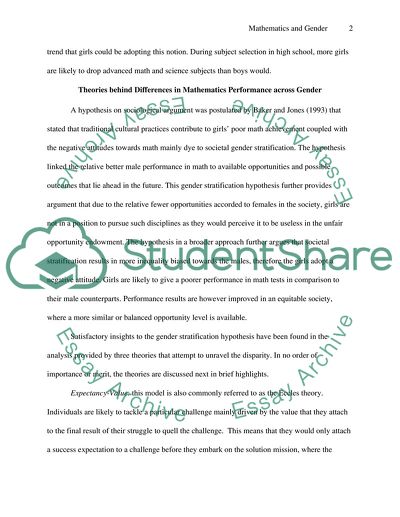Cite this document
(Mathematics and Gender: Are Boys Really Better than Girls Research Paper, n.d.)
Mathematics and Gender: Are Boys Really Better than Girls Research Paper. Retrieved from https://studentshare.org/social-science/1740854-to-what-extent-do-you-agree-that-boys-are-better-at-maths-than-girls-explain-your-reasons
Mathematics and Gender: Are Boys Really Better than Girls Research Paper. Retrieved from https://studentshare.org/social-science/1740854-to-what-extent-do-you-agree-that-boys-are-better-at-maths-than-girls-explain-your-reasons
(Mathematics and Gender: Are Boys Really Better Than Girls Research Paper)
Mathematics and Gender: Are Boys Really Better Than Girls Research Paper. https://studentshare.org/social-science/1740854-to-what-extent-do-you-agree-that-boys-are-better-at-maths-than-girls-explain-your-reasons.
Mathematics and Gender: Are Boys Really Better Than Girls Research Paper. https://studentshare.org/social-science/1740854-to-what-extent-do-you-agree-that-boys-are-better-at-maths-than-girls-explain-your-reasons.
“Mathematics and Gender: Are Boys Really Better Than Girls Research Paper”, n.d. https://studentshare.org/social-science/1740854-to-what-extent-do-you-agree-that-boys-are-better-at-maths-than-girls-explain-your-reasons.


